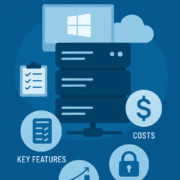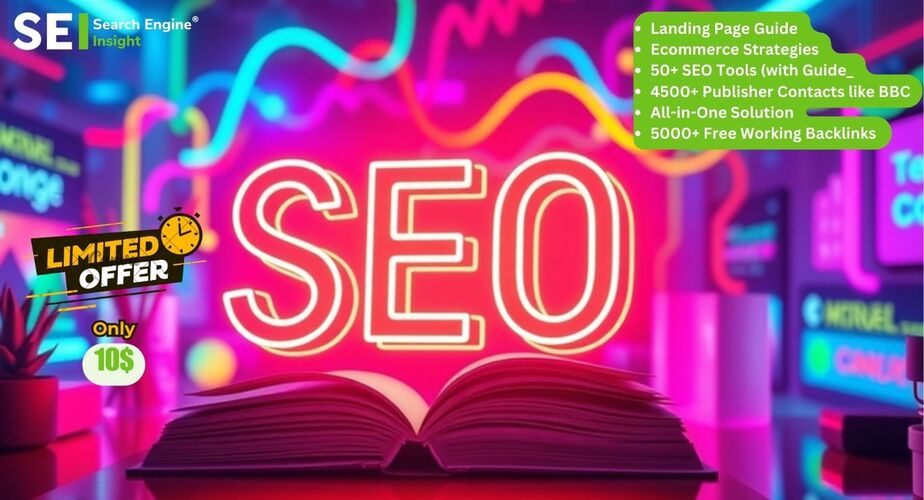What Is Inbound Marketing, and How Does It Benefit Educational Brands?
When it comes to marketing, there are so many roads you can take. As someone trying to raise brand awareness or make a business more visible, you need to learn about these options and consider which ones can benefit your brand the most. Inbound marketing is one of the best approaches you can take, especially for educational brands that need to be careful about how they’re approaching their potential customers.
Inbound marketing subtly approaches the customers and delivers the right message to the right people. How? We’ll answer that question below, as well as break down the benefits of inbound marketing for educational brands. Let’s get started!
Inbound Marketing Explained
You know that marketing approach when brands perform cold calling, send you emails you didn’t ask for, send out printed materials to you, or you hear and see TV and radio commercials? Well, that is outbound marketing, a marketing strategy completely opposite of what we’re dealing with today.
Inbound marketing is all about carefully approaching the customers, with their consent, and delivering them the messages they agreed to see. Inbound marketing has several important goals:
- to deliver valuable and relevant content to the customers
- to help them solve a problem or reach a goal
- to inform and educate
- to build trust and loyalty
You’re an educational platform where students can find a top essay writer. To reach the right audience through inbound marketing, you’ll create content about writing, academic tips, education success, and more. You’d be sharing it on relevant platforms with students interested in improving their writing.
So, obtaining permission from the customer is the first step, and continuing to deliver content designed specifically for them is the next one.
Basics of Inbound Marketing
To achieve the goals mentioned above, inbound marketing is based on a series of strategies that work together to create this customer-centric experience. Here’s what the basic strategies are.
-
High-Quality Content Creation
You can’t get people to like and want your content without making it engaging, interesting, and designed with a target audience in mind. You can create all types and forms of content, including blog posts, how-to guides, eBooks, webinars, courses, and more. The important thing is that this content responds directly to your customers’ needs.
-
Social Media Marketing
Inbound marketing includes being active on social media and creating and sharing content that the target audience will enjoy consuming. Platforms such as Instagram, Facebook, or Twitter help you stay in direct contact with your audience and get closer to their needs. Make sure to use short-form videos that successfully capture the attention of 66% of social media users.
-
SEO
Search Engine Optimization is a must for inbound marketing since you’re relying on indirect lead generation. You need to make your content rank higher on search engines like Google to make sure more people discover it organically.
Apart from these three major strategies, other aspects need to be covered. That includes targeting and segmenting your audience, using email marketing, managing your website content, performing data analysis and A/B testing, and more.
Benefits of Inbound Marketing for Educational Brands
Educational brands need to take inbound marketing seriously. When people are choosing who to trust with their education goals and learning journey, they’ll want someone professional, trustworthy, and someone they feel close to.
This is why inbound marketing is the perfect fit for educational brands. Here are just some of the benefits that educational brands can derive from practicing this form of marketing.
-
Segmenting & Targeting
Educational brands typically have a wide range of people they’re targeting, or they’ve already made into customers. But, not all of these people have the same learning goals, interests, learning styles, or aspirations.
Inbound marketing is based on proper audience targeting and segmenting. This means you’ll be dividing your audience into groups based on their similar interests and designing different types of content for each group. This way, you’re sending nothing but the right messages to the right people.
-
Building Credibility
Let’s say the brand in question is one of the many digital marketing colleges in the US. To attract potential students, you need to show your credibility and professionalism.
You’ll be letting them know they should choose you instead of the competitors through high-quality content, quick responses, educational videos, relevant information, and consistency.
-
Closer Relationship
Inbound marketing allows educational brands to listen to their customers’ needs and interests closely. This engages the customers and gives the brand a chance to respond.
As a result, the customer feels like they know the brand personally and develop a close relationship with them.
-
Saving Money
Educational brands tend to invest a lot of money in paid advertising or some form of outbound marketing, which can be quite costly. If your inbound marketing strategy is properly performed, you won’t need these expensive methods, so you’ll be saving a lot of money.
Final Thoughts
Inbound marketing is ideal for educational brands to reach and engage their target audience. It does require a significant amount of effort and consistency, but it’s worth it. The benefits we’ve pointed out speak for themselves.
So, if you’re an educational brand needing more exposure, visibility, engagement, and customers, invest in inbound marketing ASAP.




